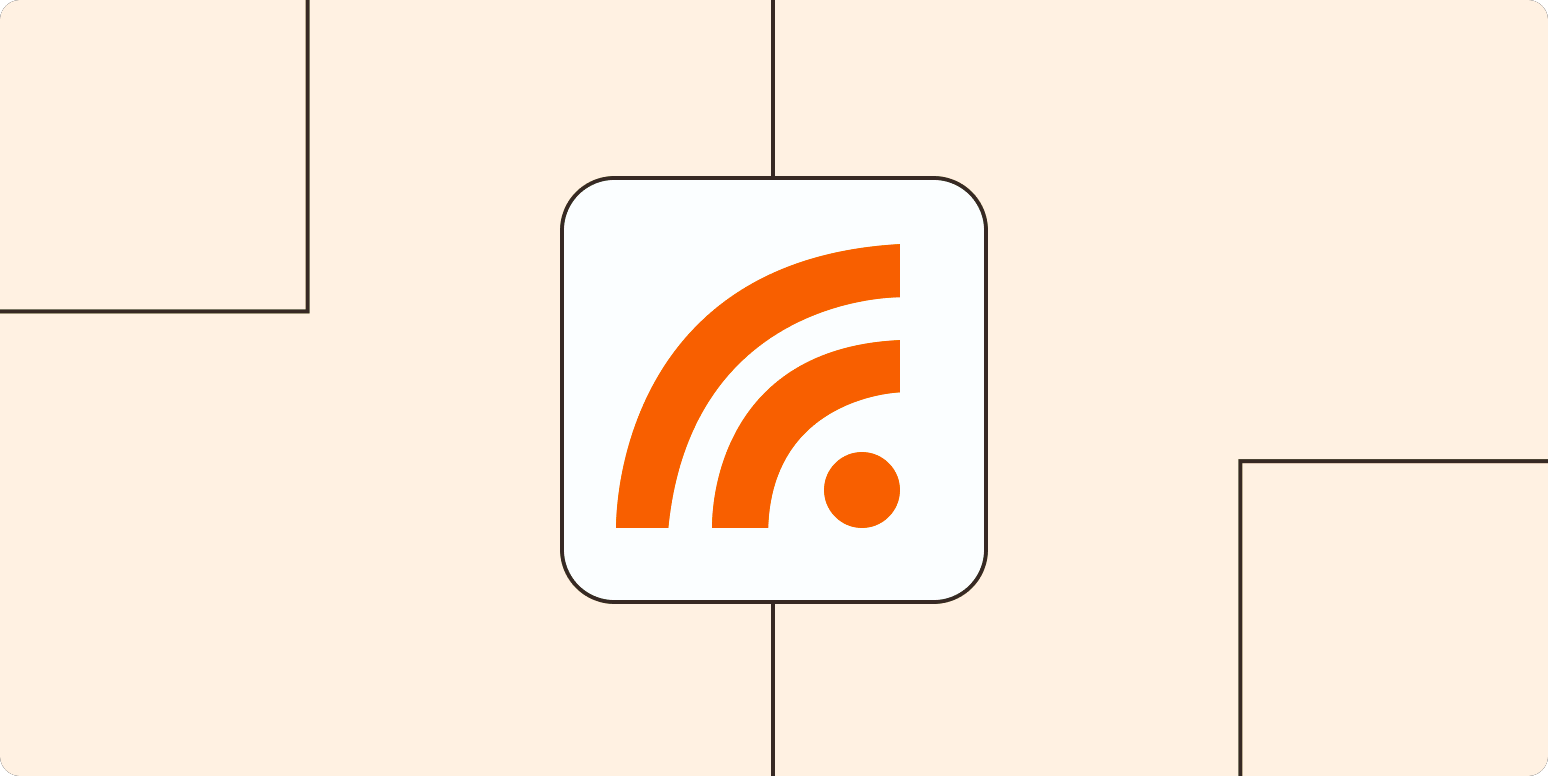In the ever-evolving landscape of the internet, staying connected and informed has never been more crucial. With the abundance of information available online, managing and accessing content can sometimes feel overwhelming. This is where RSS (Really Simple Syndication) comes into play. In this ultimate guide, we will delve into the world of RSS, exploring what it is, how it works, and why it’s an essential tool for content consumption and distribution.
What is RSS?
RSS, or Really Simple Syndication, is a technology that allows users to subscribe to content feeds from websites, blogs, podcasts, and other online sources. Instead of manually visiting each website to check for updates, users can use RSS to aggregate content from multiple sources into a single feed, which can then be accessed using an RSS reader or aggregator.
How Does RSS Work?

At its core, RSS works by using XML (eXtensible Markup Language) to format and deliver content in a standardized way. Website owners create an RSS feed by generating an XML file that contains information about their latest content, such as article titles, summaries, and publication dates. This feed is then made available to users via a URL.
Users can subscribe to RSS feeds using an RSS reader or aggregator, which is a software application or web service that collects and displays RSS feeds from various sources. When new content is published on a website, the RSS feed is automatically updated, and the RSS reader fetches the latest content from the feed and displays it to the user. Read our guide for new RSS readers: how to find the one that’s right for you.
Why Use RSS?
RSS offers several benefits for both content consumers and publishers:
- Efficiency: RSS allows users to access content from multiple sources in one place, saving time and effort.
- Customization: Users can subscribe to specific RSS feeds based on their interests, ensuring that they only receive content that is relevant to them.
- Real-time Updates: RSS feeds are updated automatically as new content is published, allowing users to stay informed in real-time.
- Privacy: Unlike social media platforms, RSS does not track users’ browsing habits or personal information, making it a more private and secure way to consume content.
Where to Find RSS Feeds

RSS feeds can be found on many websites, blogs, and news outlets. Look for the RSS icon or the phrase “Subscribe via RSS” on a website to find the feed URL. Alternatively, you can use search engines or directories to discover RSS feeds related to specific topics or interests.
In conclusion, RSS is a powerful tool for accessing and managing online content. By aggregating content from multiple sources into a single feed, RSS allows users to stay informed and up-to-date with the latest news, articles, and updates. Whether you’re a content consumer looking for a more efficient way to access information or a publisher looking to reach a wider audience, RSS offers numerous benefits. Embrace the power of RSS today and take control of your online experience.
For more information on RSS and its standardization, please visit Wikipedia.


